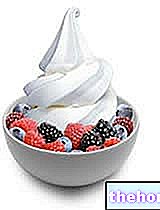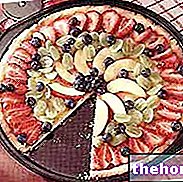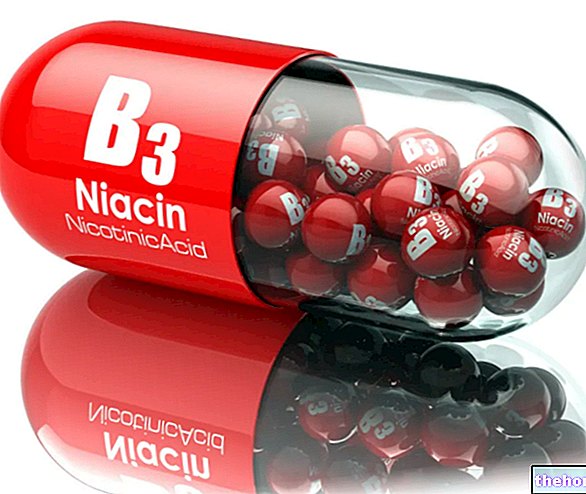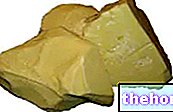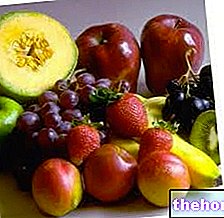THE sugar alcohols they are carbohydrates with a molecule similar to monosaccharides, but with a hydroxyl function instead of an aldehyde or ketone one.
They are found as such only in fruit (sorbitol) in small quantities, however they are used as sweeteners in an ever-increasing number of low-calorie or acarogenic foods (candies, chewing gum) given their limited energy power.

The disaccharides lactitol, maltitol and isomalt are hydrolyzed only minimally by the action of intestinal glycosidases.
The absorption of the polyalcohols in monomeric form (mannitol, sorbitol, xylitol) occurs by passive diffusion, but at a much lower rate than that of glucose and fructose.
In all likelihood, their partial malabsorption depends on this, with the consequent laxative effect if it exceeds 20 ÷ 30 g / day (20 g per day for mannitol, 50 g for sorbitol and xylitol and 100 g for maltitol).
To sugar alcohols, according to the D.L. February 16, 1993 n ° 77 (Official Gazette n ° 69, 24/3/1993) which regulates the nutritional labeling of food products, is attributed a caloric value of 2.4 kcal / g.
D-sorbitol: is a hexose polyol present in the fruits of many Rosaceae, in particular in Sorbus aucuparia (Rowan of the fowlers) and in the thallus of some algae. Uses: It is widely used in the pharmaceutical industry (it has cholagogue properties, mild laxative) and agro-food (sweetener for diabetics), but it is cariogenic.
Meso-xylitol: obtained by hydrogenation of D-xylose, obtained from frustules of corn, wood, straw Uses: used as a substitute sweetener for sucrose, without exceeding because it can cause gastrointestinal disorders (meteorism and diarrhea). Not cariogenic, widely used in the confectionery industry.
D-mannitol: it is extracted from the manna of the ash and the thallus of brown algae (Laminariales). Uses: It is not metabolizable, used as a cholecystokinetic and laxative and as a sweetener for diabetics.
Cyclitols: poly-hydroxy-cyclo-alkanes.Inositol is the best known and most important; it is a cyclic alcohol, very widespread in the animal organism (it forms certain phospholipids) and in plants in the form of phytic acid, esterified with 6 molecules of phosphoric acid, forms a part of the aleuronic vacuolar solids included. Uses: hepatoprotective, phosphorus reserve.
Other plants give natural sweeteners, which are used instead of sucrose to try to prevent and / or correct pathological states, such as dental caries, diabetes mellitus, cardiovascular disease, overweight. Licorice, just to cite an example, contains a terpene (glycyrrhizin) with a sweetening power up to 100 times higher than normal cooking sugar. This strong sweetener promotes the retention of sodium and water in animal cells thus reducing the body's need for water (hypertensive properties).
See also: Artificial sweeteners

